 The physics community is saddened by the passing of Professor Robert ‘Bob’ Crompton AM FAA, who was our former AIP President (1993-94) and an Honorary Fellow.
The physics community is saddened by the passing of Professor Robert ‘Bob’ Crompton AM FAA, who was our former AIP President (1993-94) and an Honorary Fellow.
Bob was one of our earliest members (#11), having transferred from the British institute of Physics nearly 60 years ago.
A keen physicist from a young age, Bob had a happy childhood playing with Meccano sets and building electric motors to power gramophones, clocks, and his toys. He went on to undertake a cadetship at the University of Adelaide, where he would use his love for building things to make equipment such as an automated Wilson cloud chamber for the physics laboratory. He graduated in 1949 with honours.
Afterwards, Bob became one of the first students at the University of Adelaide to undertake a PhD in physics and graduated in 1954. His thesis focused on collisions between electrons and gas molecules. He again made use of his practical skills by glassblowing his own equipment and building his own research apparatus. While at the university, he also lectured in physics between 1950 and 1960, eventually forming a small research group.
In 1961, Bob transferred his research group to the newly formed Research School of Physical Sciences at the Australian National University (ANU) in Canberra. His group grew and became world-renowned for electron swarm physics - in particular, for investigating the behaviour of electrons when they collide and rebound from gas molecules. Bob remained with ANU until he retired in 1991.
Bob’s achievements were recognised with several awards throughout his career, including his appointment as a Member of Australia in 1999 for his services to science and the community. He was elected Fellow also of the Australian Academy of Science (AAS; in 1979), the American Physical Society (1995), and the British Institute of Physics.
Throughout his career, he served in many professional organisations, including as the ACT Branch Chair of the AIP (1973-74), Chair of the Australian Journals of Scientific Research Board (1982-87), and Member of the National Committee for Physics at AAS (1969-76) as well as its Chair (1976-1979).
- Read more on his Bob’s life and career here.
Tributes to Bob from our members and colleagues
Professor Anthony Thomas FAIP (University of Adelaide) remembers Bob as a ‘very good president of the AIP’ along with memories of his other contributions and that he was a ‘delightful person’.
Of Bob's passing, Immediate Past President Jodie Bradby said: “Sad news. The Helen and Bob Crompton endowment set up at ANU Physics has supported PhD student travel for years. He was the kindest man who always had a moment for a chat.”
Stuart Midgely remembers Bob's encouragement of young physicists: "This is indeed very sad. Bob was a great man who did wonders for students and aspiring physicists through his work with the physics Olympiad."
Colin Taylor said: "When Bob passed, the world lost a giant of physics and an extraordinary human."
Anna Binnie remembers Bob's leadership and kindness:
"Bob was one of nature's true gentlemen. He was always supportive & encouraging of students. He was especially supportive of establishing the Women in Physics Group in the AIP.
He was the first Chair of the Australian Science Olympiad. He felt that a teacher on the Board of the Australian Science Olympiads would provide input on student welfare and support. To this end he invited me to join the Board. In its early days, Bob would personally collect me from the airport and Helen, his wife, used to provide us with sandwiches at lunch time. In those days we met at the ANU. I shall especially miss him.”
We send our condolences to Bob’s family and friends. Vale Bob, you will be missed.
Photo: Credit - AAS.

